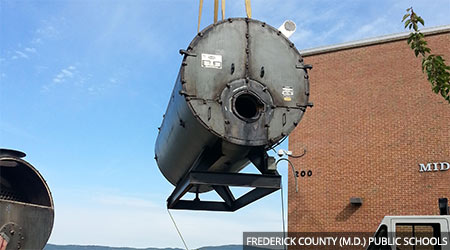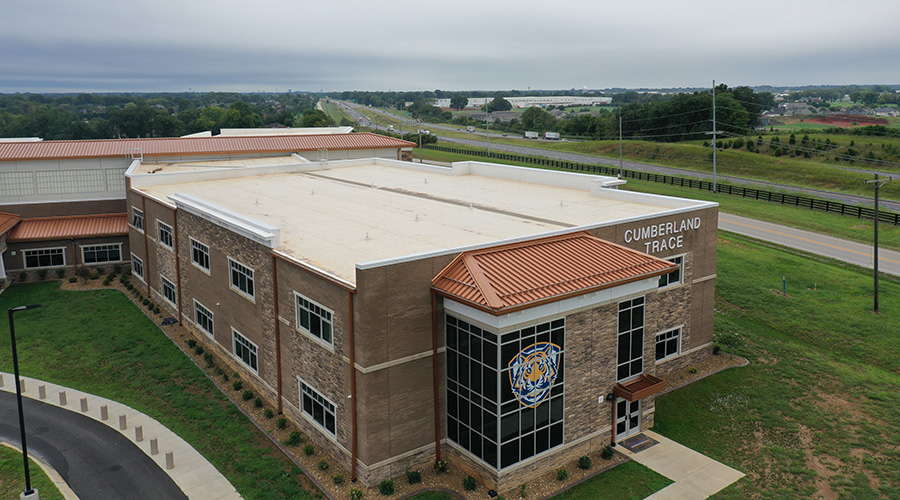Financing Hurdles Tough to Overcome in K-12 Districts
Part two of a six-part article on funding K-12 retrofit projects
Financial hurdles can vary from district to district and year-to-year as managers plan projects based on available funding from state and local agencies.
“Financing can be a substantial hurdle to overcome,” says Jennifer DuPlessis, director of maintenance and operations with the Arlington (Texas) Independent School District, which consists of 75 buildings and 10 million square feet on 1,400 acres and serves 64,000 students and 8,000 staff and faculty. “Our administration and board have been very supportive of our efforts to improve school facilities. But just like every other school district, we have financial constraints.
“Especially being a large urban district, we don’t have a lot of income per student compared to other districts. We don’t have a significant manufacturing tax base in Arlington, as we’re in the middle of two major cities (Dallas and Fort Worth). But those kinds of major retrofit projects are pretty capital-intensive by nature, and our operating budget is not sufficient enough to handle those kinds of expenditures. It makes it incumbent upon us to be proactive and identify the needs of the schools, communicate them effectively, and help (administration) understand what we’re facing.”
The Frederick County district, which consists of 66 school buildings and four administrative buildings containing 6.5 million square feet of space for 41,000 students, enjoys a strong relationship with its funding sources.
“The state and county are very supportive of public education, and the state is really protective of the investment they’ve made in school facilities,” Wilkinson says. “They believe in investing in the construction of sound buildings, and they hold us accountable in maintaining them, as well.”
The district receives an average of $9 million annually for upgrades to roofs, boilers and chillers. Over time, the funding agencies have developed a level of trust in the district’s ability to spend the money wisely.
“It sounded crazy when I got here, and they said the state likes Frederick County because we have demonstrated that we can spend their money,” Wilkinson says. “We justify our projects and execute them well, as quickly as possible. There are few worse things for a funding agency than to fight diligently for capital funding and then to see the funding allocated but idle for an extended period of time. If it’s not being spent responsibly and in a timely matter, it’s difficult to continue to argue for the urgency of funding.”
In some districts, the lack of available funding and a large stock of aging facilities and equipment has resulted in growing deferred maintenance and has paralyzed a school district’s efforts to carry out upgrade projects.
“Our requested capital improvement projects list submitted annually is based upon projected funding,” says Craig Borkman, a project manager with the Virginia Beach (Va.) City Public Schools district, which is made up of 96 buildings with 11 million square feet and serves 68,000 students and 10,000 faculty and staff. “These projects are typically reviewed, prioritized and further validated for completion. In the event funding is not available, the project is typically pushed back another year. As our infrastructure continues to age, the list of deferred projects generally becomes larger. We’ve shifted from building new facilities to replacing aging systems in the ones we have that we can no longer afford to replace.”
Related Topics:

















